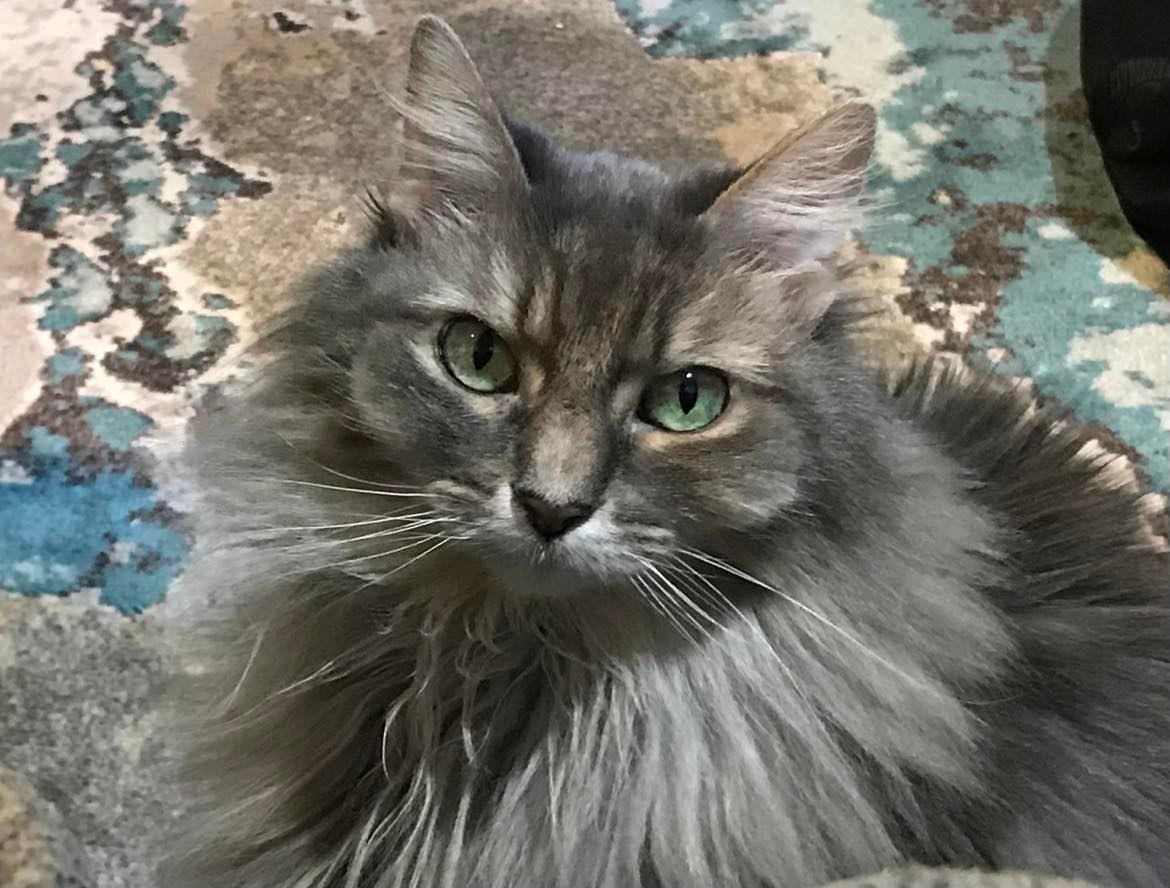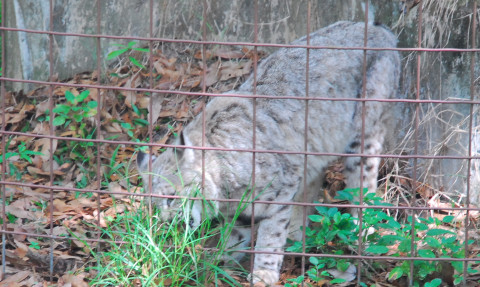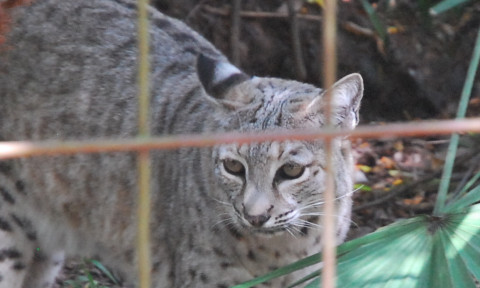It often seems like all the great archeological finds, at least, as they pertain to cats, happen elsewhere. Numerous finds in Egypt show how the ancient Egyptians revered cats. The oldest known instance of cats living with humans was found in an ancient grave on Cyprus. China is home to a discovery showing the early relationship between humans and cats. Now, an archeological find in Illinois shows there may have been an early relationship between cats and humans right here in the U.S., too, where bobcat kitten remains have been found in an ancient burial ground.
How did scientists first find these bobcat kitten remains?
Roughly 30 years ago, researchers dug up the remains of a young animal in a Hopewell burial ground that would have typically been reserved for humans, according to an article from the American Association for the Advancement of Science (AAAS). At that time, archeologists were working to excavate sites ahead of a new highway project. They assumed that the little skeleton was a puppy, and put the remains in a box.
In 2011, a doctoral student named Angela Perri discovered the box, and upon examining the bones, realized that they belonged not to a canine, but to a feline, specifically a bobcat kitten. In case anybody thinks the kitten could have ended up there by accident, AAAS says that it was wearing a necklace of bear teeth and marine shells. In addition, the Hopewell had placed it carefully in its grave; its paws were together. They didn’t just throw these bobcat kitten remains into a hole.
Perri’s study of these bobcat kitten remains show that the little bobcat was between four and seven months of age. Its bones didn’t show signs of trauma, which indicated that the young bobcat was not sacrificed, and had likely died of natural causes.
Why are these bobcat kitten remains so significant?
Researchers say this represents the first ceremonial burial of an animal in human burial grounds, and the only burial of an individual wild cat in the entire archeological record. The burial mound is located along the Illinois River, about 50 miles north of St. Louis.
Previous finds, such as that in China, show how cats slowly became domesticated in other parts of the world. In China, bones that are more than 5,000 years old were found in an ancient farming town, suggesting that cats lived with farmers originally because of the rodent populations.
Archeologists on the island of Cyprus excavated a human and a cat that had both been carefully interred. That burial site was at least 9,500 years old. It predates Egyptian artifacts showing cats by nearly 4,000 years. Ancient Egypt is possibly the most well known example of humans and cats living together, so the Cyprus find was a big one.
The AAAS article says that there are no clues as to why bobcat kitten remains were buried in a human burial mound. The age of the kitten suggests that the Hopewell brought it in from the wild, and may have been trying to raise it. Other speculation includes the possibility that the kitten was a pet, and the possibility that the Hopewell saw it as something spiritual.
The researchers caution that a single find doesn’t say anything about Native American attempts to domesticate cats. More research is definitely needed.




